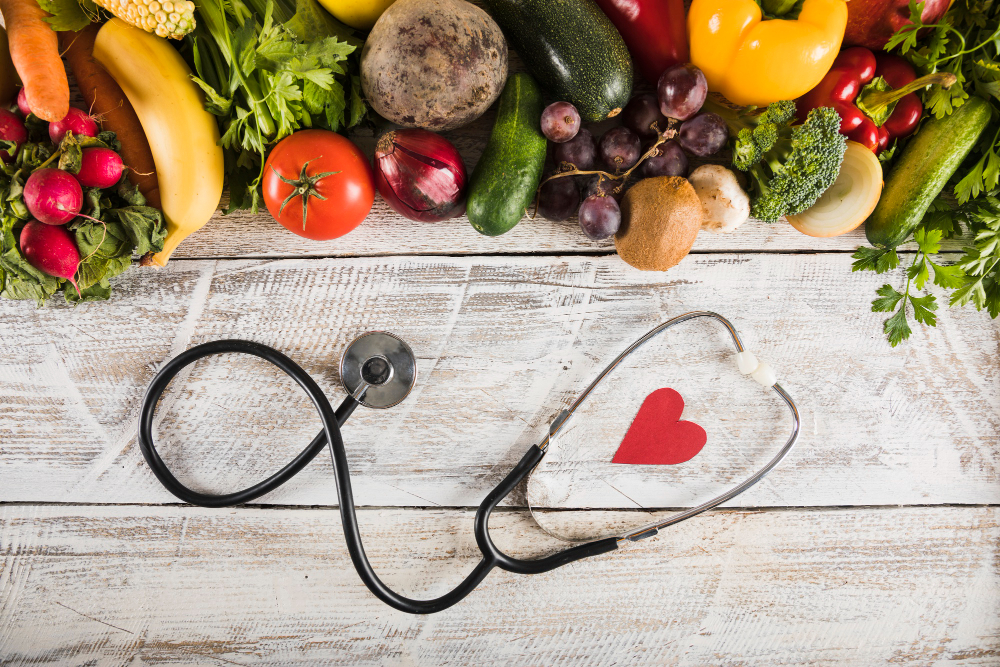Unraveling the Secrets to Achieving Optimal Cholesterol Balance
[ad_1]
Unraveling the Secrets to Achieving Optimal Cholesterol Balance
Introduction
Cholesterol is a waxy substance that is essential for the proper functioning of our body. It plays a significant role in building healthy cells and producing hormones. However, an imbalance in cholesterol levels can have serious health implications, including an increased risk of heart disease and stroke. In this article, we will uncover the secrets to achieving optimal cholesterol balance and maintaining good cardiovascular health.
Understanding Cholesterol
Cholesterol is often misunderstood and considered harmful to our health. However, the truth is that our body needs cholesterol to function properly. It is primarily produced in the liver but can also be obtained through the consumption of certain foods.
Cholesterol is transported in the blood by lipoproteins, which are divided into two types: low-density lipoproteins (LDL) and high-density lipoproteins (HDL). LDL cholesterol is often referred to as “bad” cholesterol because it can build up in the arteries, forming plaques that can lead to blockages. On the other hand, HDL cholesterol is known as “good” cholesterol as it helps remove LDL cholesterol from the arteries and transports it back to the liver for disposal.
Achieving optimal cholesterol balance involves maintaining low levels of LDL cholesterol and high levels of HDL cholesterol.
The Secrets to Achieving Optimal Cholesterol Balance
1. Healthy Diet
A healthy diet is crucial for managing cholesterol levels. Incorporate foods that are low in saturated fats and high in fiber, such as fruits, vegetables, whole grains, and lean proteins. Avoid fried and processed foods, as they can contribute to high LDL cholesterol levels. Also, limit your intake of sugary drinks and snacks, as they can lead to weight gain and increased cholesterol levels.
2. Regular Exercise
Regular physical activity has numerous benefits, including maintaining healthy cholesterol levels. Engage in aerobic exercises like walking, jogging, swimming, or cycling for at least 30 minutes a day, five days a week. Exercise helps raise HDL cholesterol levels and lowers LDL cholesterol levels, promoting overall cardiovascular health.
3. Maintain a Healthy Weight
Excess weight, especially around the waistline, can increase LDL cholesterol levels and decrease HDL cholesterol levels. Aim for a healthy weight range by following a balanced diet and incorporating physical activity into your daily routine.
4. Avoid Tobacco Smoke
Smoking damages the blood vessels, making it easier for cholesterol to stick to their walls and form plaques. If you are a smoker, quitting is the best thing you can do for your heart health.
5. Limit Alcohol Consumption
Excessive alcohol consumption can lead to high cholesterol levels and other health problems. If you choose to drink alcohol, do so in moderation. The American Heart Association recommends limiting alcohol intake to one drink a day for women and two drinks a day for men.
6. Regular Check-ups
Schedule regular check-ups with your healthcare provider to monitor your cholesterol levels and assess your overall cardiovascular health. They will guide you through necessary lifestyle changes and prescribe medications if needed.
Conclusion
Achieving optimal cholesterol balance is a fundamental aspect of maintaining good cardiovascular health. Through a combination of a healthy diet, regular exercise, maintaining a healthy weight, avoiding tobacco smoke, limiting alcohol consumption, and regular check-ups, you can take control of your cholesterol levels and reduce the risk of heart disease and stroke.
Frequently Asked Questions (FAQs)
1. What is cholesterol?
Cholesterol is a waxy substance that is essential for the proper functioning of our body. It is primarily produced in the liver but can also be obtained through the consumption of certain foods.
2. What are LDL and HDL cholesterol?
LDL cholesterol, also known as “bad” cholesterol, can build up in the arteries, forming plaques that can lead to blockages. HDL cholesterol, also known as “good” cholesterol, helps remove LDL cholesterol from the arteries and transports it back to the liver for disposal.
3. How can I achieve optimal cholesterol balance?
You can achieve optimal cholesterol balance by following a healthy diet, engaging in regular exercise, maintaining a healthy weight, avoiding tobacco smoke, limiting alcohol consumption, and scheduling regular check-ups with your healthcare provider.
[ad_2]

